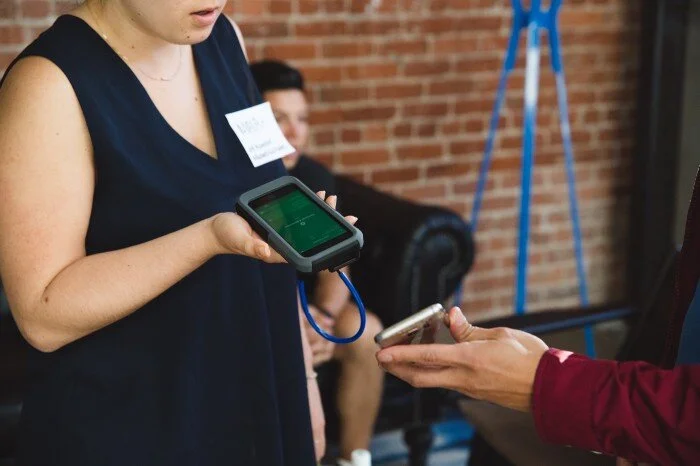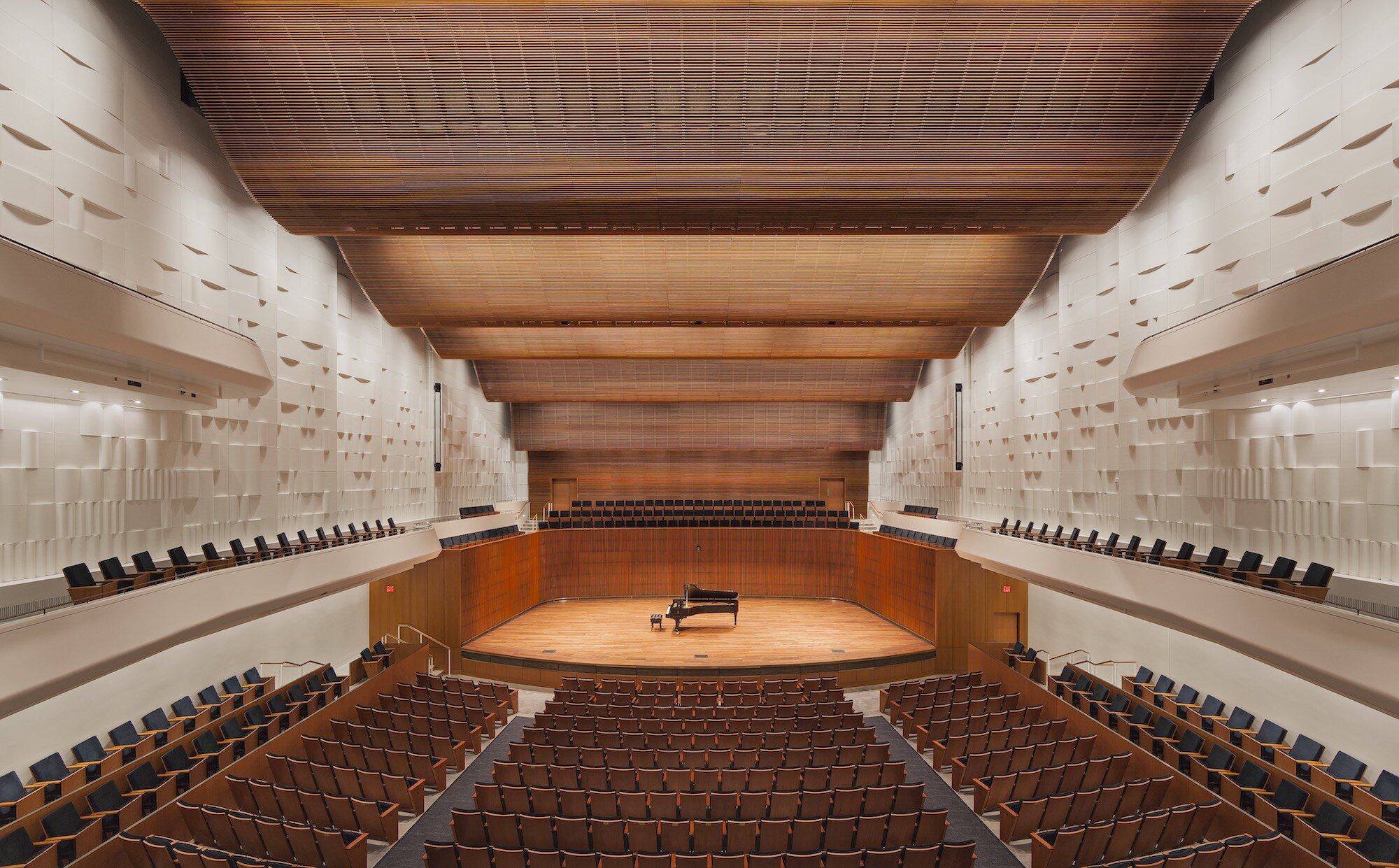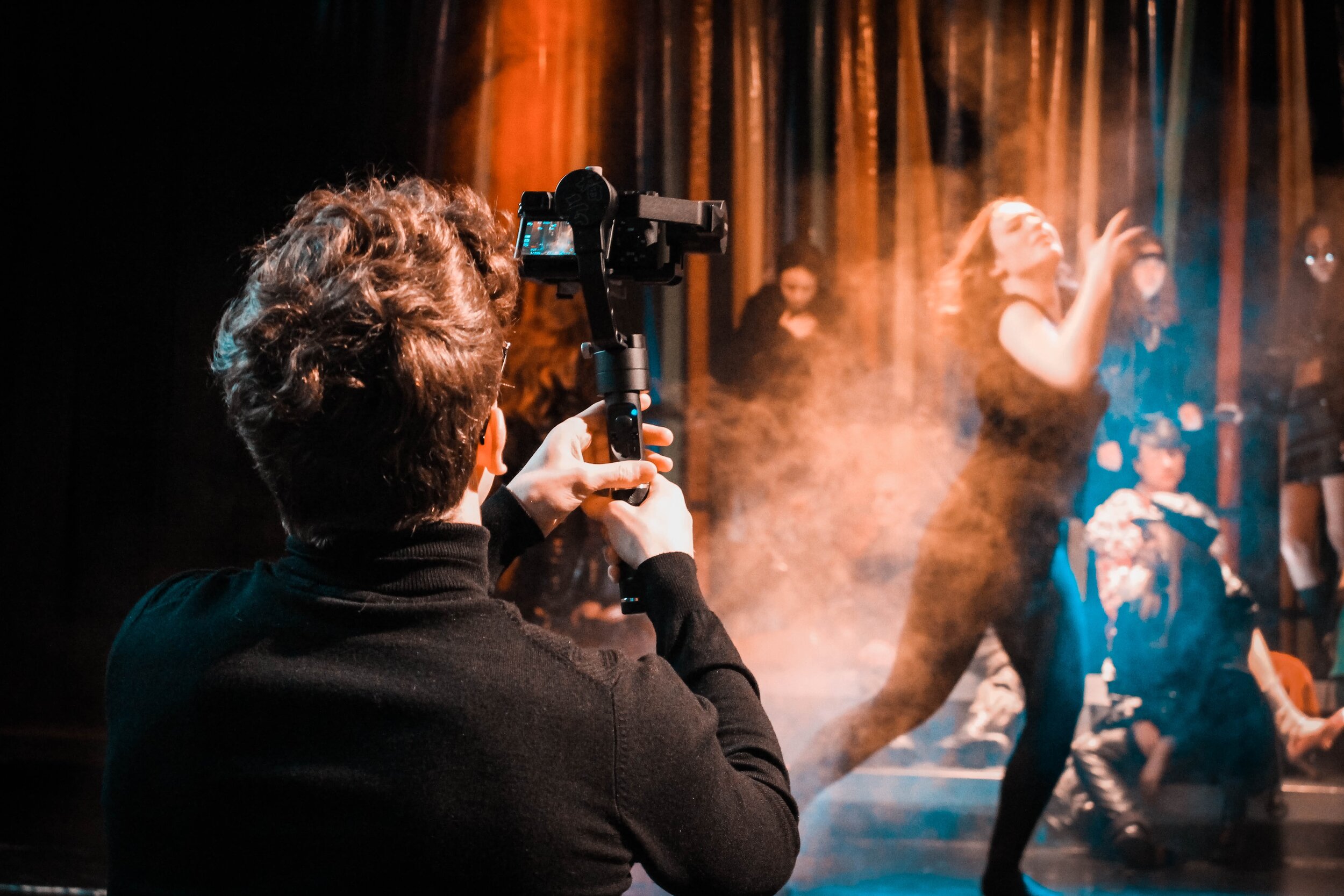Ticketing has come a long way: from tearing along a perforated line to using RFID technology to wirelessly communicate with an app on a phone to let you into a Broadway musical. While changes to the industry were happening slowly, primarily switching to a paperless and even contactless system, the Covid-19 pandemic accelerated the need for change. What place with these changes have in the return to in-person performances?
Discovering the Second Stage: Orchestras' Digital Adaptation
As audiences gradually begin filling halls once again, orchestras are having to ask the question of what’s next for the newfound digital space. Do they take the risk of funneling resources towards streams on the heels of a devastating fiscal year, or divest and potentially sacrifice a newfound means of reaching their communities through increased accessibility? Contributor Cameron Massey looks to established and emerging examples.
Global Pandemic, National Response: A Survey of the Arts, Public Policy, and Technological Adaptation in Ireland
Something can be gained from examining the response of other nations and their arts and cultural sectors to the pandemic. Through this examination, lessons might be learned about how to continue the response in a time of unprecedented change. Within the past year and a half, many of Ireland’s arts organizations have found ways to create works that integrate emerging technology and also explore Irish identity. This research looks at some of those innovations and the public policies that supported them.
Part 2: Data Analysis and Visualization Methods for the Arts
After data collection, it is necessary to analyze and visualize the data to tell good stories. This process transforms numbers and descriptions into vivid stories that can be used to prove impact to different stakeholders. This post will look at the best practices for data analysis preparations, quantitative and qualitative data analysis methods, data analysis tools, visualization methods, and data visualization tools.
Tools for Measuring Impact and Data Collection in the Arts: Part 1
Nonprofit arts and cultural organizations are designed to serve a community. In the 21st century funding model, they also must find ways to collect the evidence for the impact their work has on their constituents, analyze the data, and effectively tell their stories. The following research provides an understanding of what types of impact can be measured with suggestions on how to measure and visualize findings on a budget.
Digital Providers for Matching Gifts and Volunteer Matching
Fundraisers take note: it is estimated that four to seven billion dollars a year goes unmatched by nonprofit organizations. Eighteen million people around the globe have access to a matching gift program, and it’s been surveyed that one in every three people who donate would actually be willing to donate more if they knew their donation could be matched in the first place. Matching gift programs and volunteer grant programs are more inclusive of corporate employees because the causes that they feel personally motivated to donate to or volunteer with are recognized and rewarded by their employers. The digital marketplace for these opportunities is growing making it easier for nonprofits to find their match.
Resources for Video Streaming in the Arts
Have you wanted to learn more about video streaming in the arts but weren’t sure where to start? This list of resources includes examples of video-on-demand (VOD) streaming platforms in the arts, tools for arts organizations considering their own platforms, and news articles covering the sector’s transition to digital.
Guidelines for Using Aggregate Streaming Platforms for Performing Arts Content
For arts organizations looking to reach audiences through online content, there are numerous approaches, including posting subscriber-only content to their websites and posting free videos on platforms like YouTube. In the broader entertainment landscape, streaming via services that aggregate content has become a popular way to watch film and television. This article examines the viability of sharing performing arts content on third-party streaming platforms that aggregate content as opposed to single-entity streaming channels.
A Look at the Intersection of CRM Systems and Digital Giving in the Arts Fundraising Landscape
Customer relationship management (CRM) systems are integral to any arts organization. They allow for the organization to collect data on their patrons in order to create better relationships with them. However, the current pandemic has shown some areas for improvement, specifically in terms of current technology’s relevance. One such area is the intersection of CRM systems and digital giving. Up-to-date and easy-to-use technology can put an organization ahead, but it is going to take a dedicated strategy to ensure progress.
Video Streaming Trends for Performing Arts Organizations
Performing arts organizations are facing unexpected pivots to sharing their content digitally in 2020 due to the Covid-19 pandemic. Many of these organizations are confronting entirely unfamiliar methods of distribution, launching head-first into the vast world of streaming. To embrace the opportunities of such a shift, organizations must consider the benefits and risks of the various methods within the ever-evolving digital landscape.















